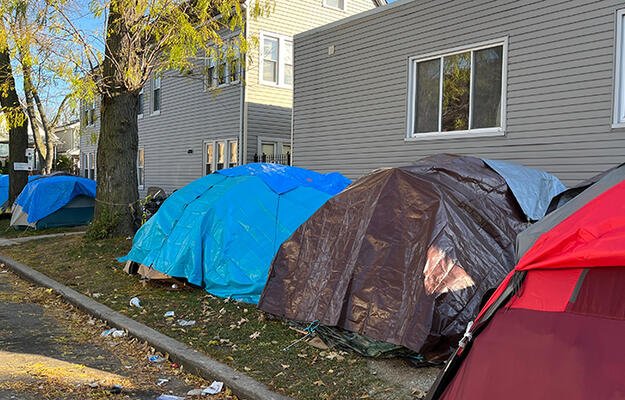
How Housing and Neighborhood Quality Affect Children’s Mental Health
- Title:
- How Housing and Neighborhood Quality Affect Children’s Mental Health
- Author:
-
Kimberly A. Rollings, Nancy M. Wells, Gary W. Evans, Amanda Bednarz, Yizhao Yang
- Source:
-
Journal of Environmental Psychology
- Publication Date:
-
2017
How does the quality of where we live affect our children’s development? The impact of housing and neighborhood quality on physical health has long been studied in the public health field, but studies that aim to assess those same impacts on mental health are less common. This study examined the relationship between the physical quality of housing and neighborhoods and their interactive effect on the mental health and motivation of children from elementary school through young adulthood. Researchers conducted the study in four waves, with 327 participants included in the initial wave and a median age of 9.5 years. The respective sample sizes for the following waves of the study were as follows: 268 participants with a median age of 13.5 years in the second wave, 238 participants with a median age of 17.5 years in the third wave, and 205 participants with a median age of 23.1 years in the fourth wave.
To assess housing quality, researchers relied on site visits by trained observers to measure the structural quality, clutter, and cleanliness; hazards; indoor climate; and privacy and crowding within homes. For neighborhood quality, researchers used data sources, observer ratings, and self-reporting to measure such indicators as street connectivity, housing density, sidewalk conditions, land-use mix, and proximity to elementary schools, playgrounds, open space, and community services. The researchers analyzed the relationship between these measurements and two psychological outcomes: (1) internalizing (depression and anxiety) and externalizing (aggression) symptoms and (2) the learned helplessness index, a behavioral measure of task persistence indicative of motivation.
Key findings
- Housing quality had a significant relationship with mental health outcomes and motivation.
- Poorer housing quality was associated with higher baseline levels of internalizing and externalizing symptoms and learned helplessness.
- Housing quality was related to the level and the degree of change in internalizing and externalizing symptoms of children as they matured.
- Housing quality was associated with overall motivation but not with changes over time.
- Neighborhood physical quality—on its own or in interaction with housing quality—was not a significant predictor of mental health or motivation.
Daxiao Productions/Shutterstock


